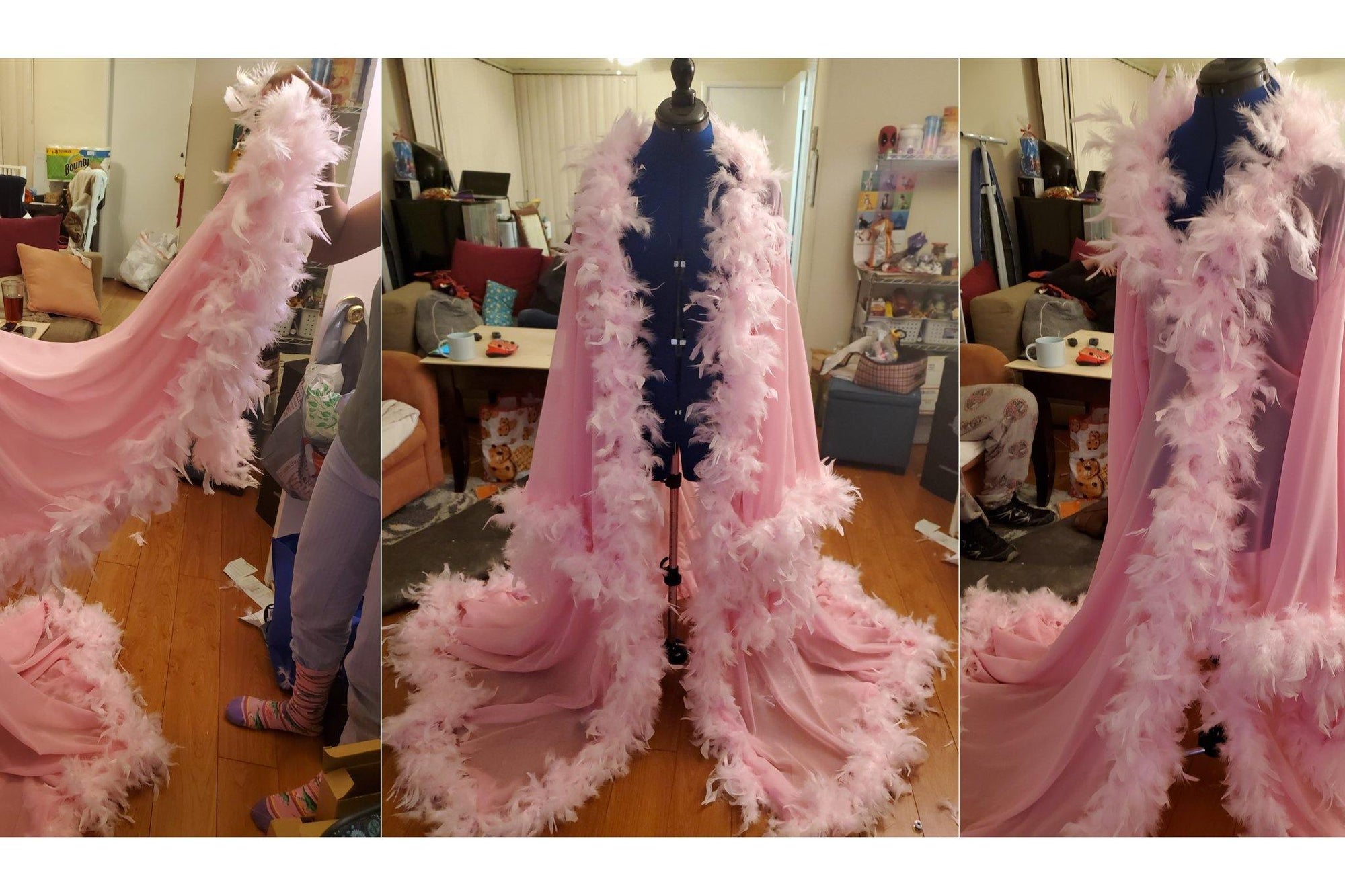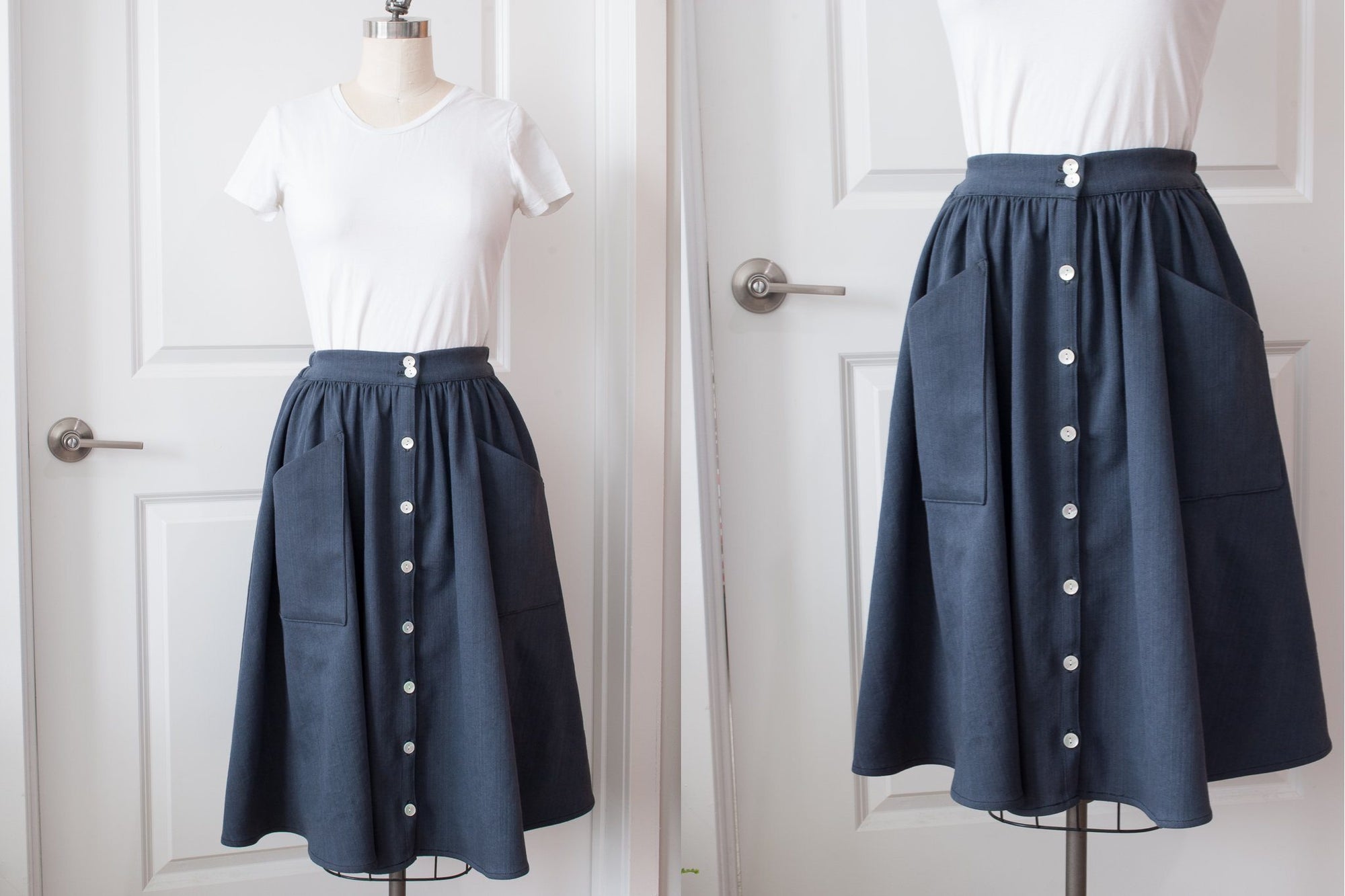Sewing your own clothes is a fun and thrifty hobby. Anyone can learn how to sew fabrics as a form of creative expression. Therefore, you can make anything, such underwear, sleepwear, streetwear, or swimwear. In fact, these tips for picking the best swimsuit fabric will help you before you take your trip to the beach or pool.
Choose the Right Fabric
The type of fabric matters for your swimsuit. No matter what design you choose, the right fabric will ensure a quality fit. Some of the most common fabrics used for swimsuits are nylon, polyester, and spandex. Nylon is lightweight with a smooth fit to skin. It is soft with low moisture absorbency and excellent elasticity. However, nylon is not chlorine resistant nor long lasting. You can also opt for polyester, which is the main fabric competitive swimmers wear. Polyester holds its color and has strong chlorine resistance. Not to mention, it’s soft, comfortable, resilient, quick drying, and resistant to shrinkage. Another popular fabric for swimwear is spandex. Spandex is a man-made fiber known for its elasticity and compression hold. It’s a common material for wetsuits because it’s highly breathable and form-fitting. Since pure spandex has a high market price, blends with other fabrics reduce the overall fabric cost.
Test the Material
Whether it’s polyester, nylon, or spandex, there should be roughly a 60–70 percent stretch in both directions. Pull the fabric to test if it moves as you want. You should also test this to see how the color and pattern look when stretched. Be sure to check the weight and feel of the material too. Fabric that is too heavy may weigh you down in the water. Some fabrics, like spandex, offer better elasticity and stretch than polyester and nylon. Look for a spandex-nylon or spandex-cotton blend for great comfort and flexibility. Likewise, fabric that does not feel soft will feel uncomfortable against the skin.
Match the Lining
Lastly, match the lining with your material. To make a flattering suit you must find a similar stretch and fiber in your lining as your main fabric. Take note of the lining’s thickness, as this will affect the opacity. Remember to get swimwear elastic to hold your suit up to the various conditions you’ll expose it to.
Whether this is your first sewing project or tenth, check us out at Fabric Wholesale Direct for all your bulk fabrics. We carry nylon, polyester, and spandex for your next swimsuit design.



 Transparent
Transparent
 White
White
 Pink
Pink
 Red
Red
 Orange
Orange
 Ivory
Ivory
 Yellow
Yellow
 Gold
Gold
 Brown
Brown
 Green
Green
 Blue
Blue
 Purple
Purple
 Grey
Grey
 Black
Black
 Multi
Multi
 Abstract
Abstract
 African Print
African Print
 Animal Print
Animal Print
 Baby & Nursery
Baby & Nursery
 Buffalo Check
Buffalo Check
 Camo Print
Camo Print
 Celestial
Celestial
 Chevron
Chevron
 Church
Church
 Damask
Damask
 Embroidered
Embroidered
 Floral
Floral
 Geometric
Geometric
 Gingham Check
Gingham Check
 Houndstooth
Houndstooth
 Licensed
Licensed
 Paisley
Paisley
 Plaid
Plaid
 Polka Dot
Polka Dot
 Sports
Sports
 Stripe
Stripe
 Tie Dye
Tie Dye